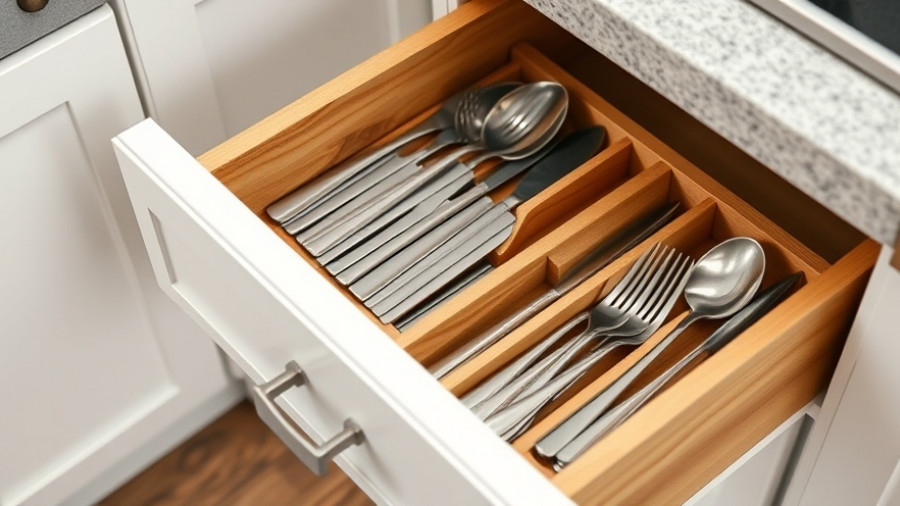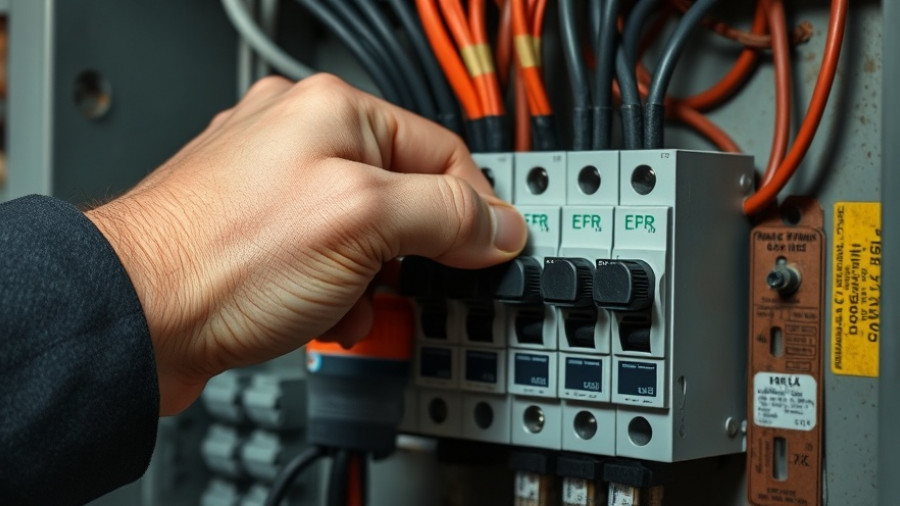
Understanding the Dreaded Toilet Overflow
For many homeowners, the chaos of an overflowing toilet can feel like a nightmare. It's not just about the mess—it’s a disruption that can have cascading effects throughout your home. In the video Why Toilets Overflow | Ask This Old House, plumbing expert Richard explains the ins and outs of toilet mechanics, helping viewers to understand how to prevent and react to such situations. This knowledge is essential for all homeowners wanting to prevent costly disasters.
In Why Toilets Overflow | Ask This Old House, Richard highlights the mechanics and solutions surrounding overflow issues, prompting deeper insights into how homeowners can navigate these potential disasters.
The Anatomy of a Toilet: How It Works
Every flush is the work of a well-oiled machine. Inside the tank, two gallons of water prepare to flush waste down into the bowl. When you press the lever, it’s not just the water that flows; the understanding of how it creates a siphon effect is crucial. This dynamic, along with the weight of the water, pushes waste through the increasingly narrow trapway. But sometimes, things go wrong—and understanding why can empower you to take action before the overflow becomes a reality.
Common Causes of Overflowing Toilets
Commonly, toilet overflows are the result of clogs—these can be anything from excessive toilet paper to unexpected items being flushed. Richard humorously illustrates this with anecdotes about teenage mishaps, but these situations are not just embarrassing—they can lead to significant damage if ignored.
Tips for Dealing with a Clogged Toilet
A toilet plunger is your first line of defense against a clog. However, most people misuse plungers by pushing down hard without a proper seal. Instead, to free a clog, you should pull the plunger toward you, creating suction that helps to release the trapped waste. This simple technique could save you from a messy overflow.
Unique Household Items That Lead to Clogs
Sometimes, clogs can be mysterious and unexpected. Richard mentions the mishaps of a cold cream container and a woman's bracelet making their way into the toilet, showcasing the reality that items can get stuck in ways you wouldn’t expect. Such blockages can cause issues to appear months later, leading to excessive plumbing costs and inconvenience.
What to Do When Simple Fixes Fail
In cases where obstructions are due to more than just toilet paper, be prepared that you might need to remove the entire toilet to find the culprit. Understanding this can stop you from panicking during a crisis and inform you about when to call in a professional, saving both time and money in the long run.
By being proactive and informed about the common pitfalls associated with toilets, you can equip yourself with the knowledge to maintain your plumbing and avoid unexpected emergencies. Toilet overflows don’t just mess up your day—they can have lasting effects on your home.
So the next time you’re faced with a potential overflow situation, take a deep breath, remember these key tips, and keep your home safe.
 Add Row
Add Row  Add
Add 




Write A Comment